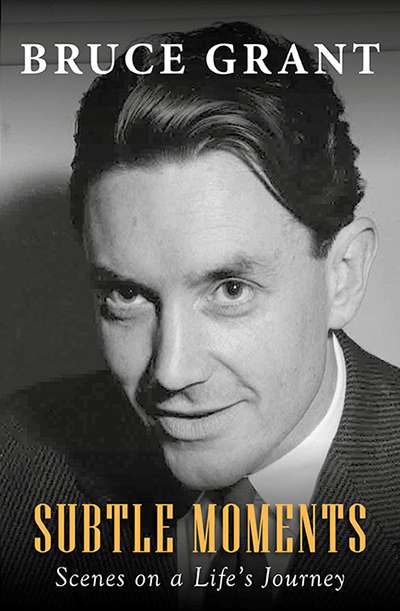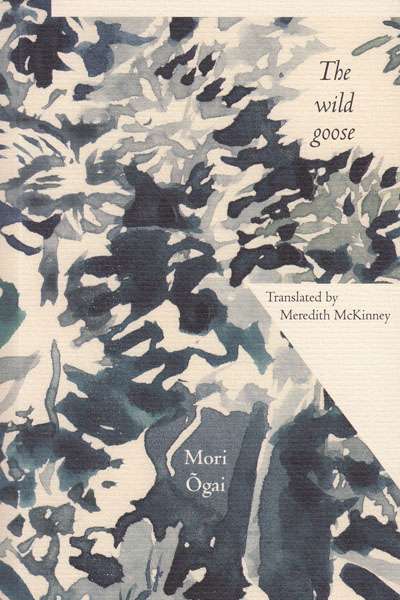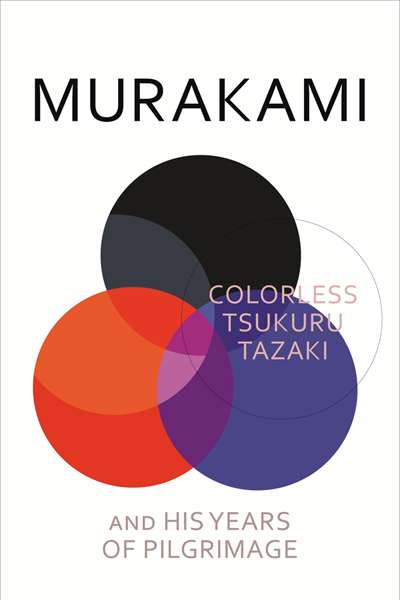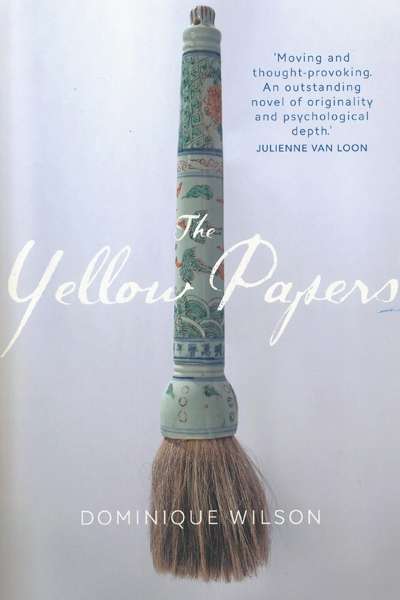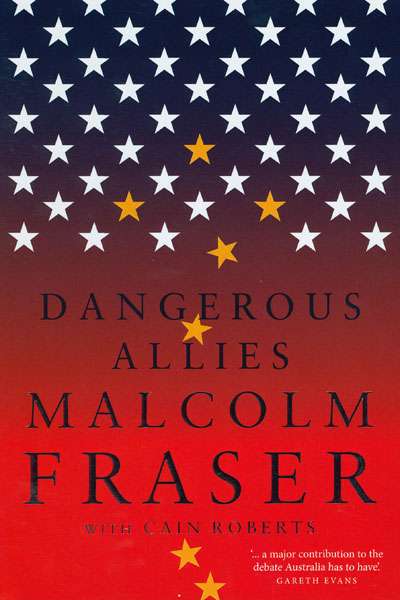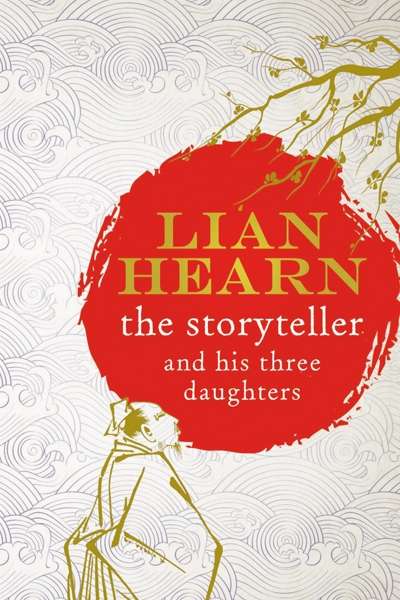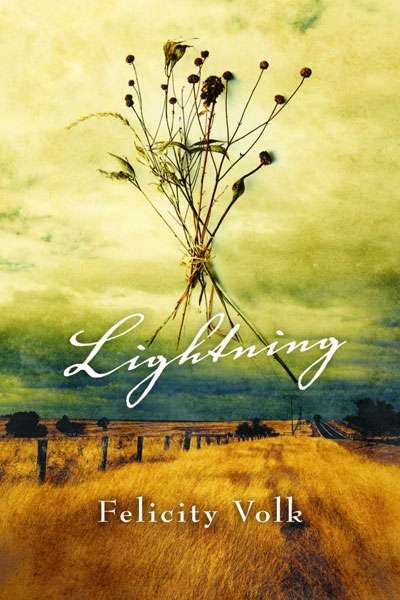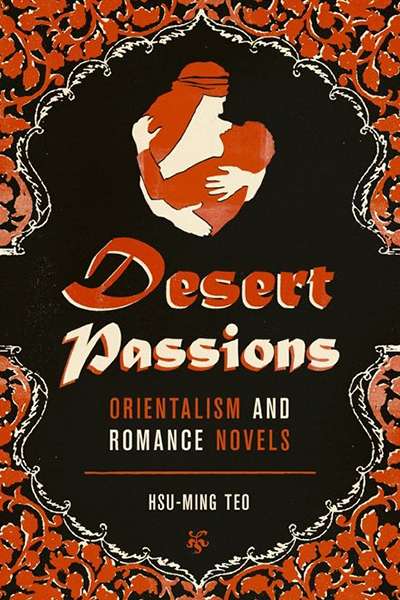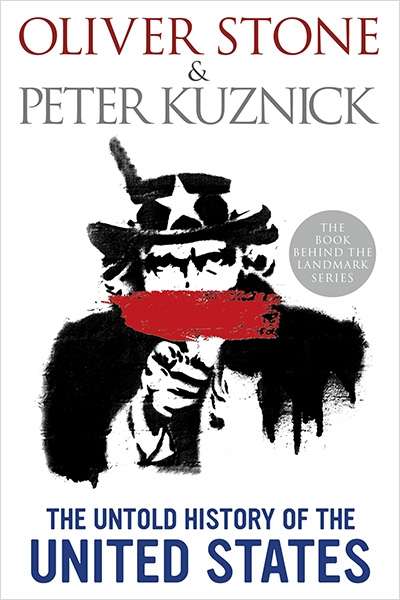Alison Broinowski
Subtle Moments: Scenes on a life’s journey by Bruce Grant
The Wild Goose by Mori Õgai, translated by Meredith McKinney
Colorless Tsukuru Tazaki and His Years of Pilgrimage by Haruki Murakami
Dangerous Allies by Malcolm Fraser, with Cain Roberts
The Storyteller and his Three Daughters by Lian Hearn & Henry Black by Ian McArthur
Desert Passions: Orientalism and Romance Novels by Hsu-Ming Teo
The Untold History of the United States by Oliver Stone and Peter Kuznick
White Papers are falling on Australia like confetti. We had two on foreign affairs and one on terrorism in the seven years to 2004; the third one on defence in four years will appear this year, and in October 2012 Ken Henry delivered Australia in the Asian Century. Defence White Papers are perennially concerned with Australia’s need for the material and money to protect us against certain countries, which are rarely named. The Asian Century paper, on the other hand, explicitly names China among the five ‘key regional nations’ to be given priority in order to bring ‘a stronger national purpose and cohesion’ to the relationship with Australia. The Defence White Paper will be sober in tone, as Menzies was when announcing his ‘melancholy duty’ in 1939, or resolute, as was Curtin in declaring Australia’s shift of dependence to the United States in 1941. In contrast, The Asian Century adopts cheerful, forward-looking slogans. Australia’s success ‘will be based on choice, not chance’, it says; ‘the tyranny of distance is being replaced by the prospects of proximity’; and Australia is ‘located in the right place at the right time’. Asia is so important, says Dr Henry, that it is going to be ‘the main game not only economically but in almost any sense of national significance’.
... (read more)
